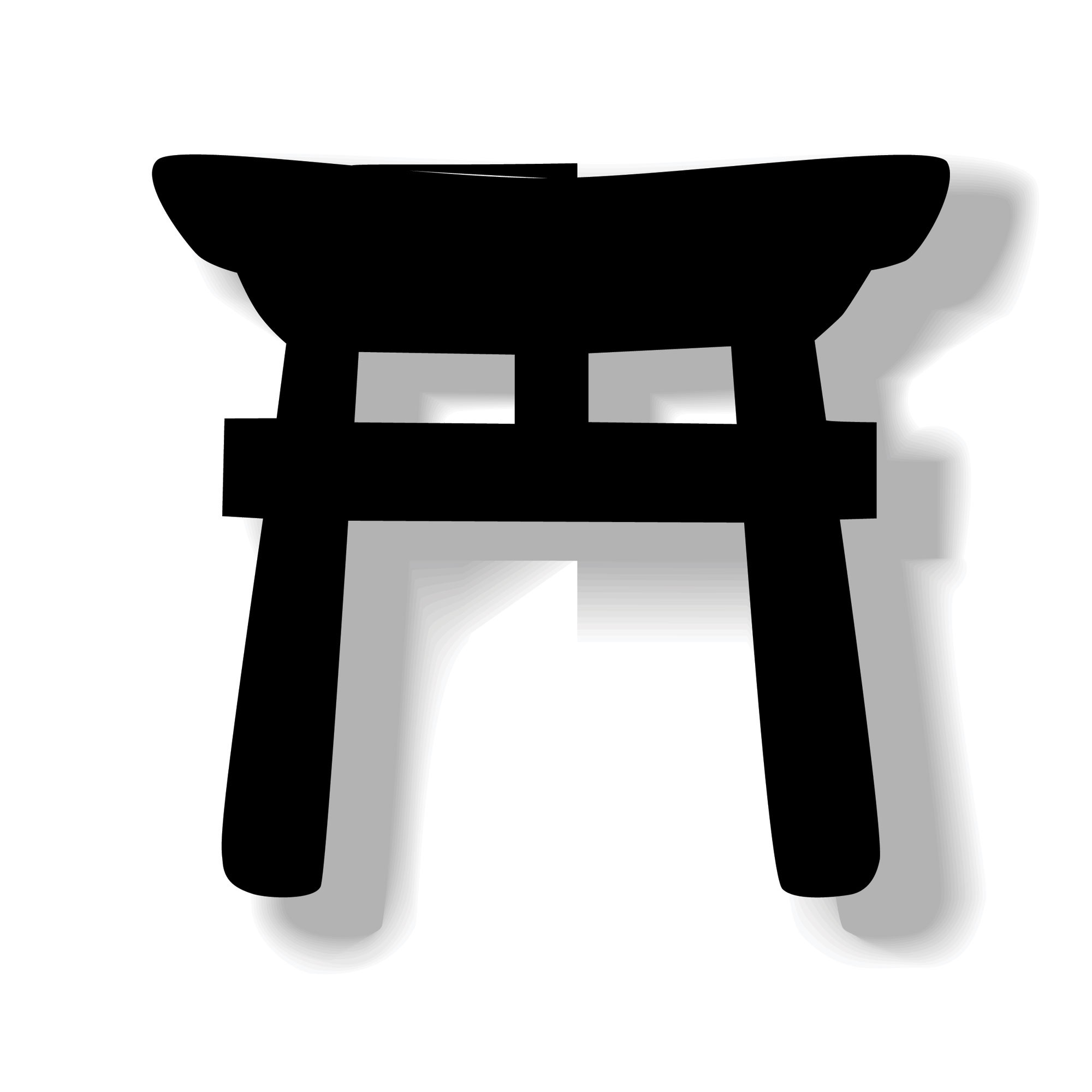What Does The Torii Gate Symbolize

Torii Gate O-Torii The gate to a Shinto shrine Jinja the Torii designates holy ground.
What does the torii gate symbolize. I is a traditional Japanese gate most commonly found at the entrance of or within a Shinto shrine where it symbolically marks the transition from the mundane to the sacred. Toii is a traditional Japanese gate most commonly found at the entrance of or within a Shinto shrine where it symbolically marks the transition from the mundane to the sacred. The presence of a torii at the entrance is usually the simplest way to identify Shinto shrines and a small torii icon represents them on Japanese road maps.
In these instances each gate following another represents passage into an even more sacred space than what lay before. The torii also protects the kami. Torii is the gate of a Shinto temple that functions as a barrier between the area where humans live and the sacred area where gods and goddesses live.
If there is more than one gate they symbolize walking into a holier more sacred area. The Torii gate marks the entrance to the shrine. The gates act as a passageway into a shrines sacred space.
A torii is a traditional Japanese gate most commonly found at the entrance of or within a Shinto shrine where it symbolically marks the transition from the mundane to the sacred. Several different buildings like the shrine office a. This symbol represents the transition between the finite world and the infinite world of the gods.
In general two columns have inward inclination and lintels and tie beam are connected by a supporting strut called. Some authorities relate the torii to the Indian gateway arch the. Btw torii is not to be confused with the gates of Buddhist temples that are usually called mon 門.
They are built on the path to the shrine. What does the torii gate symbolize. The Shinto Torii Gate is used by the Shinto religions to symbolize the transition from this world to the next.


















